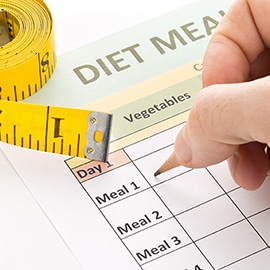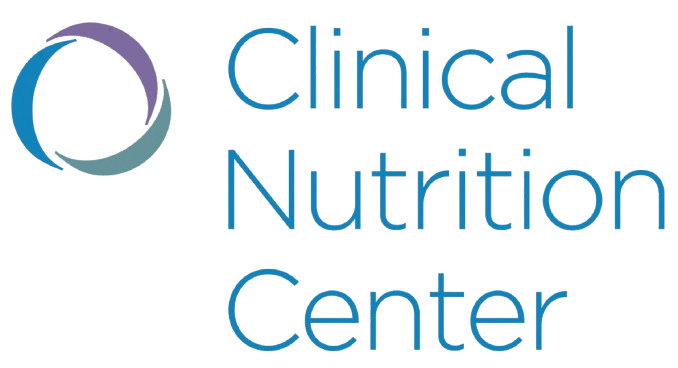
Acute weight loss vs. Chronic weight management, part 2- by Ethan Lazarus, MD
 Last month, we discussed why we should view weight management with a long-term perspective. While this is critical, it is also good to look at tools that work well for weight loss, and tools that help you keep the weight off. Believe it or not, there are actually a few differences. So today, let’s focus on active weight loss.
Last month, we discussed why we should view weight management with a long-term perspective. While this is critical, it is also good to look at tools that work well for weight loss, and tools that help you keep the weight off. Believe it or not, there are actually a few differences. So today, let’s focus on active weight loss.
When beginning a journey to lose weight and keep it off permanently, we usually start with what we call an “active weight loss” phase. During this time, we try as hard as we can to get as much weight off as possible (within what is medically safe and appropriate). Many people want to stay on “active” weight loss until they reach a pre-determined “goal” weight, whether or not their body cooperates.
The reality, though, is quite different. We can’t overcome biology with willpower. The body carefully regulates body weight through a series of hormones that have little to do with what we want to accomplish.
For this reason, “active” weight loss (or acute weight loss, as I termed it in the first article) lasts approximately 6-7 months. Regardless of how much weight has been lost, and regardless of the individual’s goals, at this point, the body defense mechanisms are in full swing to prevent the loss of further weight. So, once we have reached a treatment response (I don’t like the word “plateau”) we need to respect our biology. That’s why we try and take weight off quickly during this time period –
because weight loss stops for most people after this time interval, we want to maximize the results achieved in the first 6 months!
This is why we commonly initiate aggressive weight loss at the beginning – we do a Modified Fast or
even a full Optifast program, often with meal replacements and prescription weight loss medication.
Medical evidence supports the following tools as the most effective during this phase:
- Reduced calorie food plan – particularly the Modified Fast or the Optifast full meal replacement
program. - Frequent office visits – weekly yields the most weight loss
- Meal Replacements – for some or all of the meals
- Weight loss medications – augment the results
Believe it or not, during the acute weight loss phase, these are more important determinants than the
amount of exercise achieved.
Remember that medical benefits of weight loss occur with as little as 5% – 10% weight loss (10 – 20
pounds for a 200 pound individual). Weight loss of > 20% body weight (40 pounds for a 200 pound
individual), while possible during this acute phase, is unlikely to be sustainable for most individuals. The biological protective mechanisms kick in to preserve the body and make sustaining changes of >20% extremely difficult (but not impossible! Every individual is different!)
So, instead of a goal weight, commit to long-term weight control, including an active phase where we
test your body’s limits, followed by long-term treatment.
In the next segment, we will look at what works best during the chronic phase, both to keep the weight off you lost during the active phase, and also tools that might help take off additional weight.





Very nice information here. I have never heard it put into these words but thank you. This was a great article.